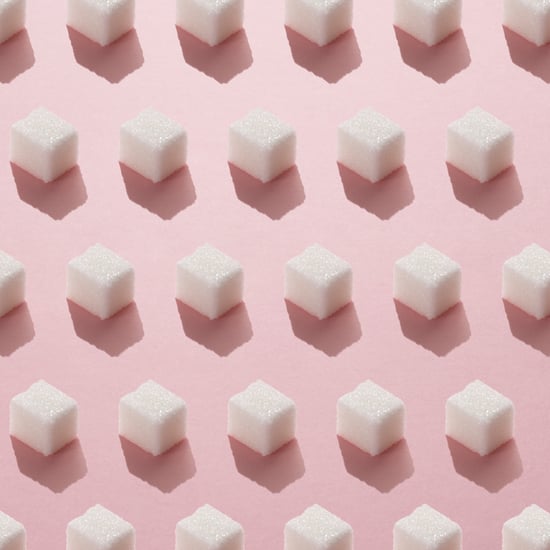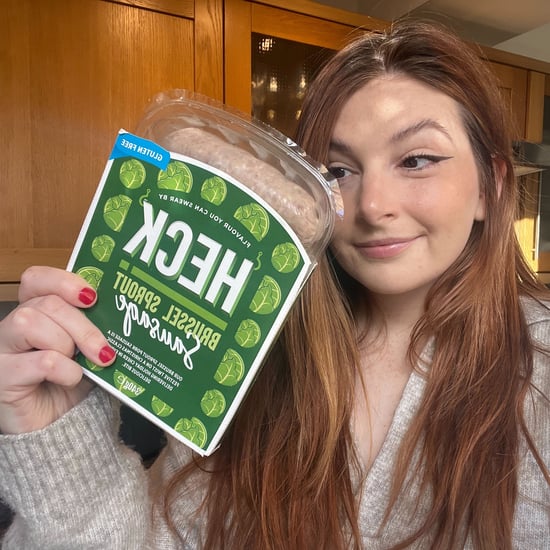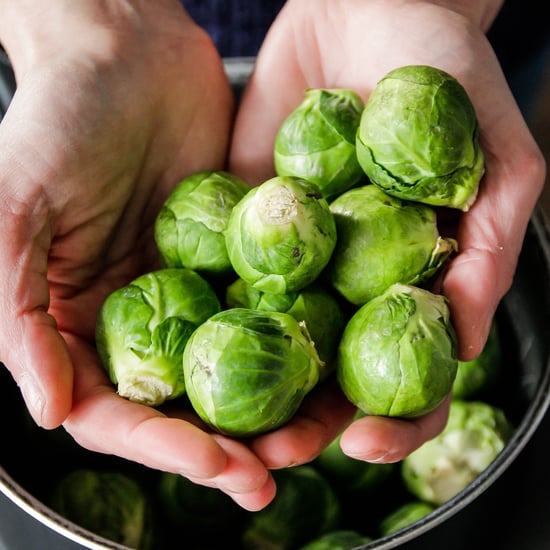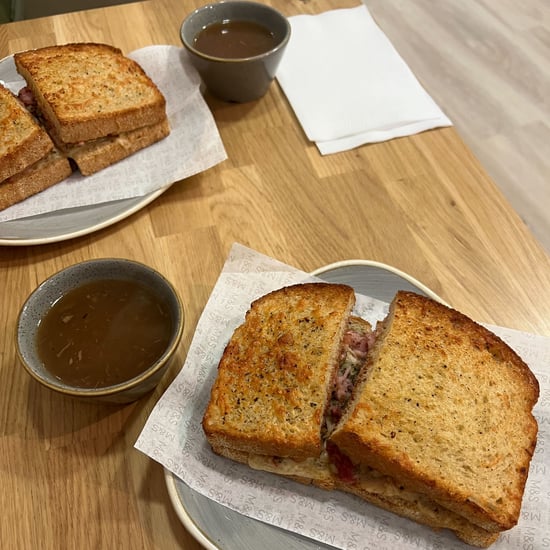Why You Might Eat More or Less Than a Food's Serving Size
Here's What the Serving Size on a Nutrition Label Actually Means (Hint: It's Not What You Think)
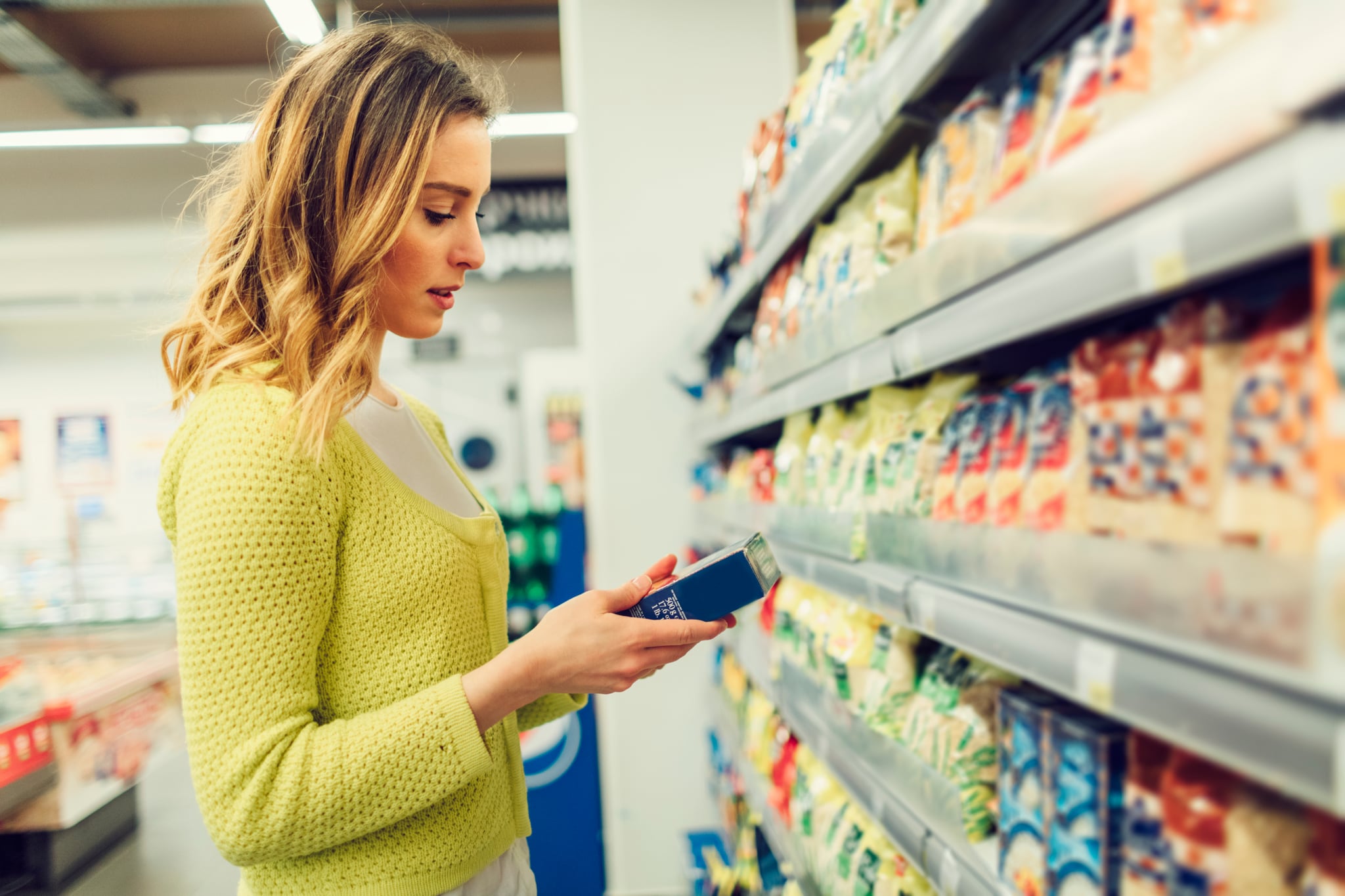
If you've spent your entire life trying and failing to follow the serving size listed on the Nutrition Facts label, we've got some good news for you: serving sizes aren't meant to be a recommendation. (Really, who has ever eaten just five crackers?) That said, they're also not pulled out of thin air, so it's important that you understand what they mean and how to use them.
"Some people might assume that serving sizes on food labels are recommendations for how much they should eat, but this is not the case," Kris Sollid, RD, senior director of nutrition communications with the International Food Information Council, told POPSUGAR. "By law, the serving sizes must reflect the amount of a food that people typically eat in one serving (based on survey data), not how much of the food they should eat." He explained that the Nutrition Labelling and Education Act of 1990 required serving sizes to be printed on food packageing, but the survey data used was taken in the late 1970s. "Over time, our appetites have grown and serving sizes are being updated to more accurately reflect how we eat today," Kris said.
For example, "for decades, pints of ice cream were labeled as containing four servings (about one-half cup each)," Kris told POPSUGAR. "Today when we eat ice cream, we eat about two-thirds of a cup at a time, so that same pint is usually polished off in three sittings. Thus, an updated pint should be labeled as three servings." Even with the updated labels, "serving sizes are a point of reference to help you compare between products when shopping and to help determine the nutritional value of a food you plan to eat," Kris advised. "Depending on how hungry you are or what your goals are for the meal, you may want just half a serving or you may want two."
So, how can you best use the Nutrition Facts label for yourself? While it can be helpful for comparing products in the store, it's most helpful at home. "Using the serving size information — with a food scale if you have one — while preparing foods can help you know how much of a food you're making. This can be particularly helpful with foods like pasta and meat, for which proper portions are difficult for many people to visualize," Kris explained. When it comes down to it, the nutrition label can be a helpful tool, but your hunger cues and goals should ultimately determine your portion size.
